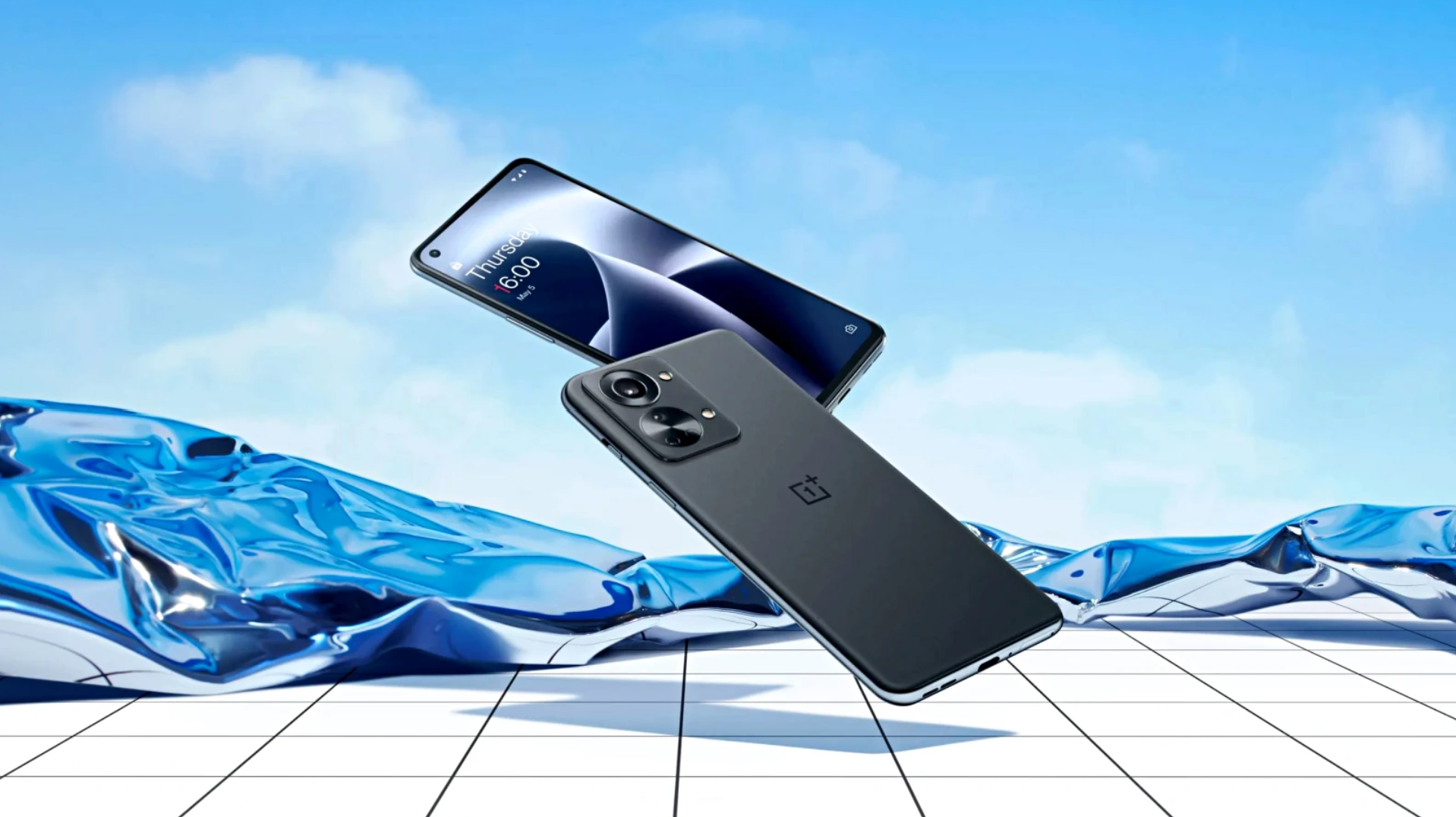is taking the covers off its very own processor is putting it right to work in its newest smartphone. The company’s new eight-core chip, named Nuclun, powers the G3 Screen, a Nexus 6-sized smartphone going on sale in South Korea.
The Nuclun chip employs four 1.5GHz ARM Cortex A15 cores for high-intensity processing, with four 1.2GHz Cortex A7 cores for less deming tasks. says the number of working cores can be tweaked for either maximizing processing power or dialing it back to focus on battery life savings.
Nuclun can hle next-generation 4G networks with speeds up to 225Mbps. Yet it still works with our paltry E networks, which will be around a while given how American networks are still rolling out E to many regions of the country.
The chip is part of ’s strategy to build more appealing devices up down its product line, as recently it has brought similar software build quality to both its high- mid-range devices.
“Nuclun opens up a new chapter in ’s history of innovation in the mobile industry,” says g-seok rk, ’S CEO president. “th this in-house solution, we will be able to achieve better vertical integration further diversity our product strategy against stronger competition. Nuclun will give us greater flexibility in our mobile strategy going forward.”
There’s no mention by of the graphics processor used in the Nuclun, but the specs of the C cores point to performance that is likely a little bit worse than the slowest processors in Samsung’s Exynos 5 Octa family. In other words, this chip should be no match for a Qualcomm Snapdragon 801, let alone the 805 starting to roll out on this fall’s hottest phones.
The story behind the story: says it’s not getting in the processor game in the same manner as Samsung Qualcomm, which build chips powering an army of smartphones from various manufacturers. Instead, it’s a similar strategy to Apple, which builds the processors much of the internals for its own devices. Samsung does the same, though it also farms out its parts to other chip makers.
The “build it all yourself” model works well for some companies with the resources to pull it off, as it gives them control over the supply line optimization of device performance. In the end it’s good for the Android ecosystem, as well-built devices with solid internals mean a better experience for buyers. First, will have to prove that a phone with its own processor is desirable over one with a processor made by someone else.



















